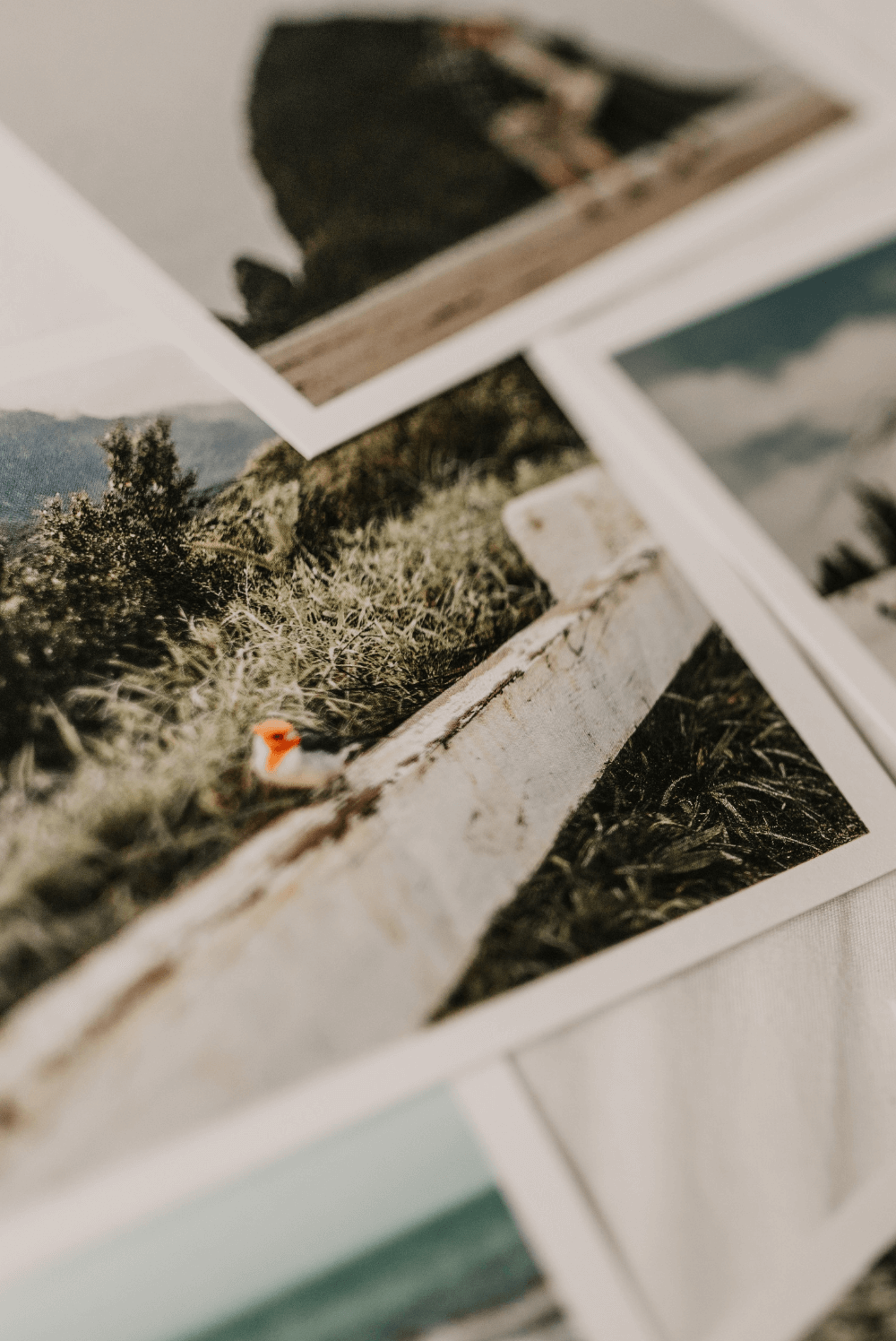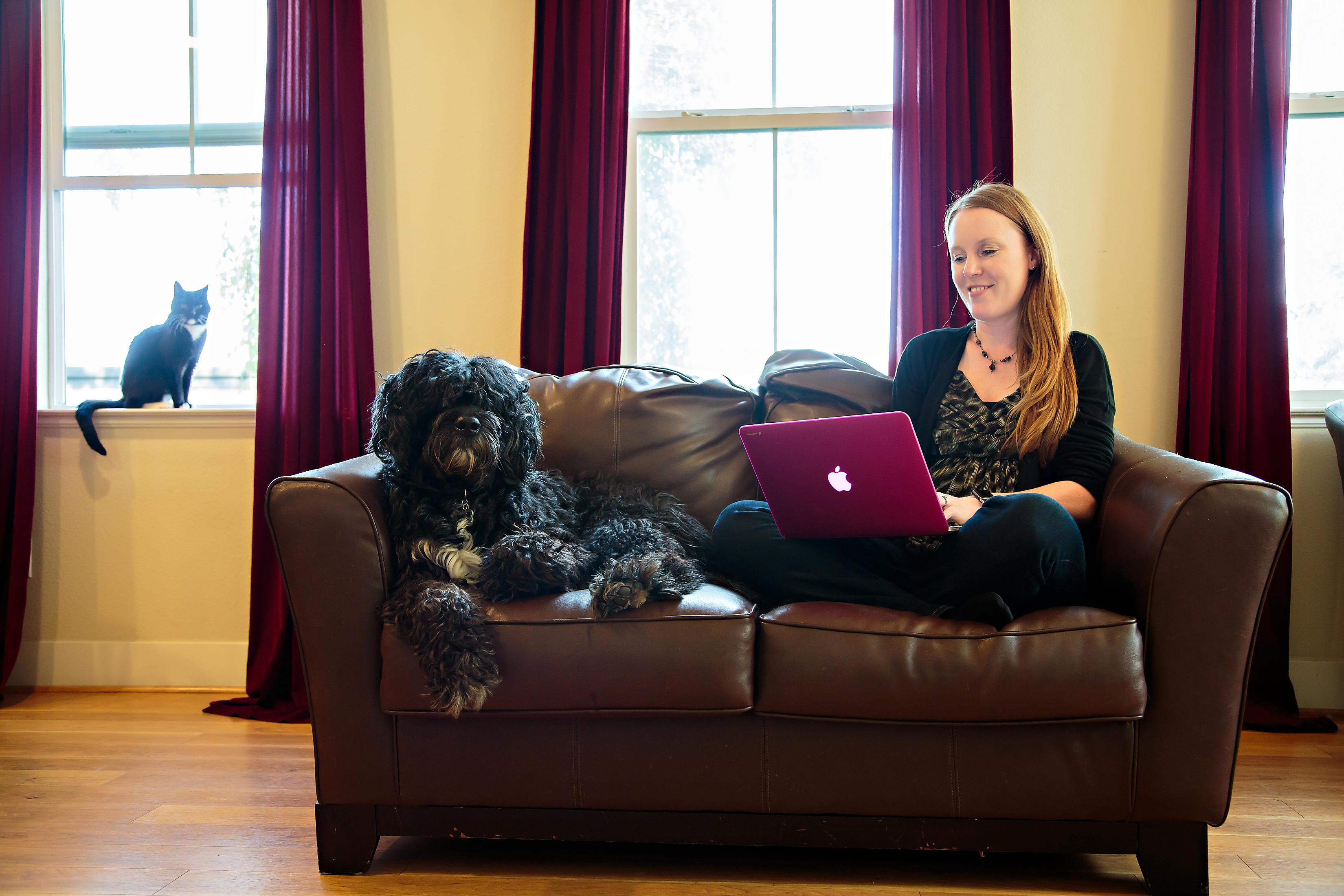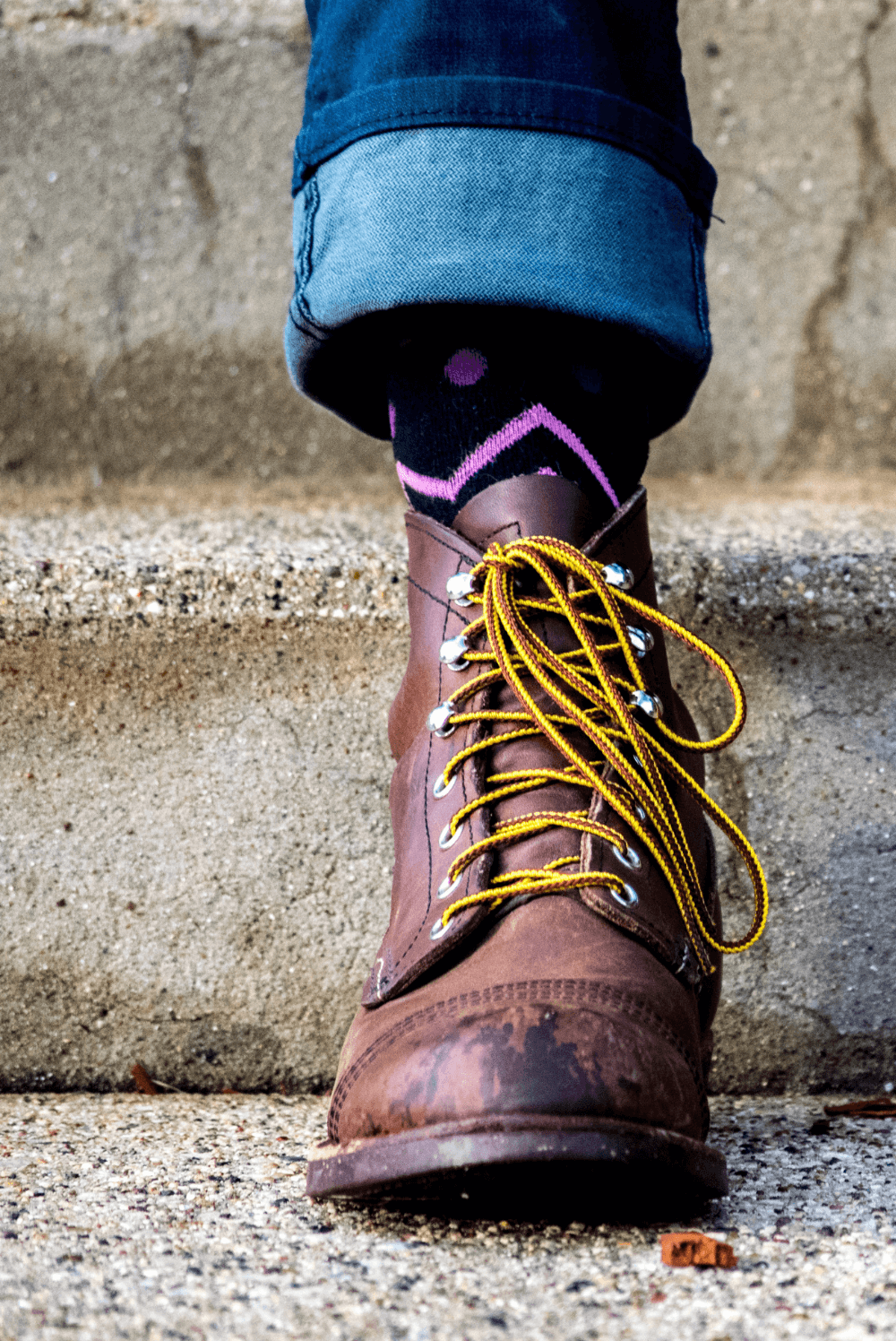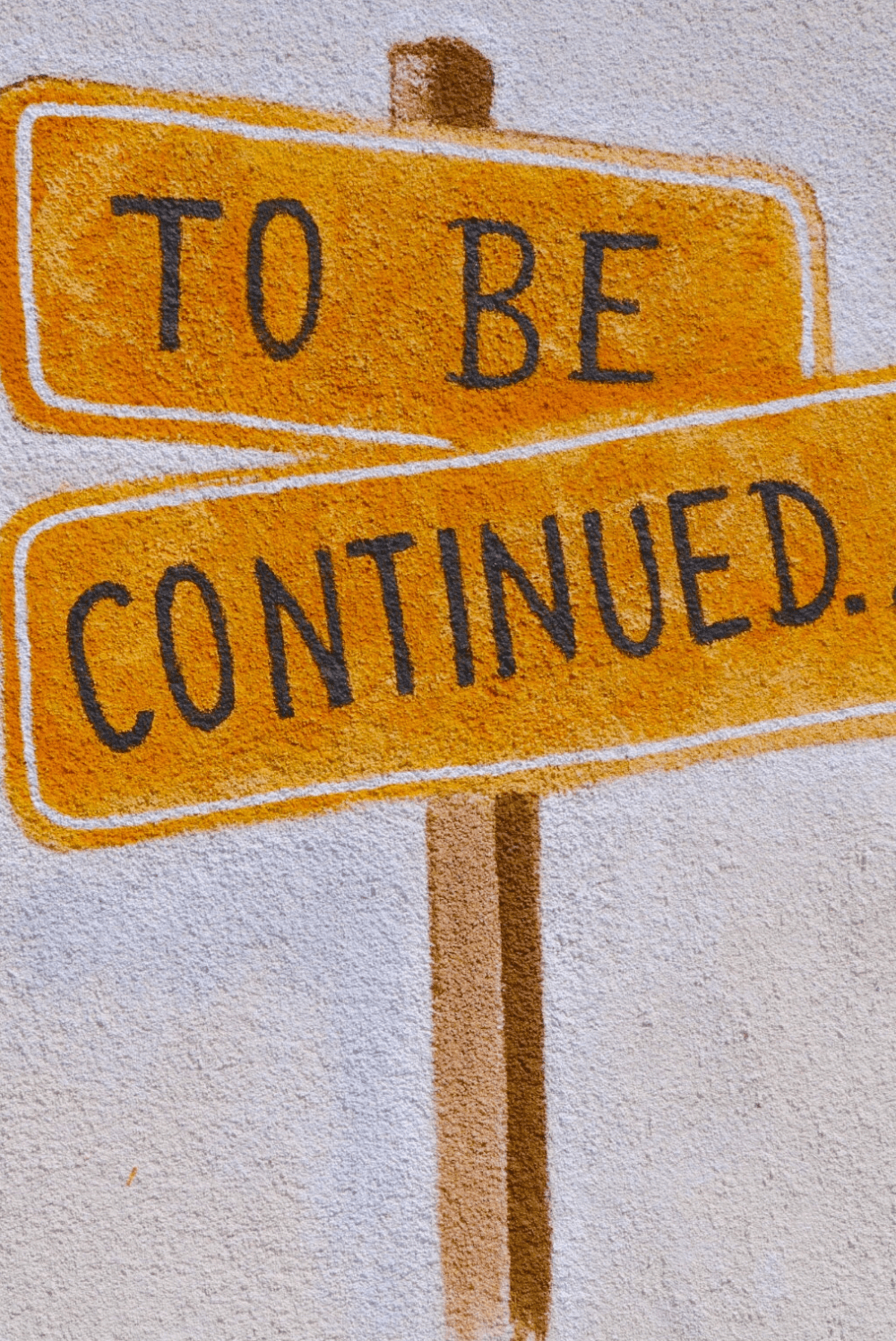Improvise the Highlights
Use this quick-thinking improv game to identify key moments in your scene and shortcut the experimentation process.
Style
Special Agent
Skill
Improvisation
Time
10 minutes
THE STUDIO:
Improvise the Highlights
As a Special Agent, improvisation may not be your favorite approach. If you already have a solid idea, why experiment with other options? However, if your ultimate goal is to be able to quickly draft from beginning to end of your book, improvisation can actually be your most powerful tool.
By trying out a few options before you start to write, you identify pitfalls and possibilities. You end up saving yourself time by avoiding sticky detours and the dreaded situation of writing yourself into a dead-end.

Materials
Improvise the Highlights
- Space to move
- Paper
- Pen
1. Stand up. You’ll be much more engaged with the visualization process if you put your body into motion.
2. Strike a pose of your main character at the beginning of your scene as you’ve planned it. The more you physically engage with your character’s action and emotion, the more information you’ll gain from this exercise. Find two more poses for the middle and end of the scene.
3. Mentally rewind back to the beginning of your scene, and do a quick review of your strategy. What’s your objective in this scene? What information do you want the reader to take away from this scene? What feeling do you want the reader to take away?
4. Choose one element in your scene to shift in some way. You might exaggerate an action, add a new action, or try a setting that evokes a different tone.
5. Either use frozen poses again, allowing yourself to make as many as are helpful to take you through the scene’s sequence, or play through the action of the scene. Play through an active, emotionally connected summary of the scene (as opposed to moment-to-moment action).
6. Try a couple more run-throughs of the scene. You may want to try three vastly different options, or follow one idea, making it better with each iteration.
7. Even if you don’t use one of your improvised versions of the scene in your draft, you have quickly gained a large amount of information. Celebrate your progress, and then use that momentum as you head into your next drafting session.
Try On Other Creative Styles
The Who, What, & Where Experiment
FOR ARCHITECTS
Use this structured improv game to experiment with options for your next scene.
Step Into Your Character's Shoes
FOR INVENTORS
Take on your character’s mindset and play through a scene in a variety of ways in this improv game for writers.
Improvised Storytelling
FOR COLLABORATORS
Create a collaborative scene with a partner, using their questions to help you better understand your main character’s point of view.




